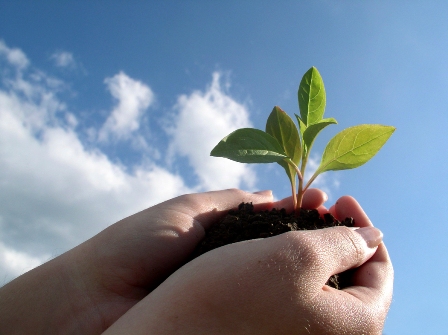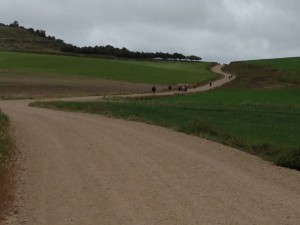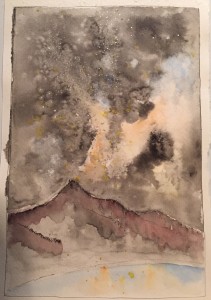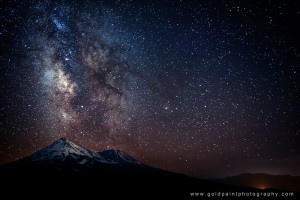 I’m 59 years old. Maybe I’m just a slow learner, and everyone else knows this stuff already. But, just in case, here are seven things I’ve recently learned about change that I wish I’d known fifty years ago
I’m 59 years old. Maybe I’m just a slow learner, and everyone else knows this stuff already. But, just in case, here are seven things I’ve recently learned about change that I wish I’d known fifty years ago
1. Change is normal.
Childhood is not an assembly line from which we emerge ready to roll at 21 years old. I know. This seems obvious, right? But this mechanistic model of human development pervades our culture. The idea that we should have our shit together and our ducks in a row by our early twenties is pervasive and harmful and everywhere. In this model, change feels like brokenness rather than aliveness. And women, because our bodies change more way than men’s, pay a steeper price.
Change is a big deal, and it can rock our world. We need to find ways to support and help ourselves through it, rather than beating ourselves up when we don’t navigate it smoothly.
We were not taught, most of us, how to do this.
Change is encoded into the DNA of the world. Even nonliving Earthly entities are constantly changing. Planets circle. Tides go in and out. Water cycles. Rocks become dirt.
2. Every change is loss.
Every change is a death and rebirth. Even the happy changes involve loss. “Every new beginning comes from some other beginning’s end,” sing Semisonic in “Closing Time.” In this season of graduations and weddings, let’s acknowledge that even changes we’ve longed for and dreamed of require the death of something. Maybe it’s not much of anything, but there’s always something we leave behind that we value.
3. Change does not equal transformation.
Change is inevitable, but transformation is optional. And it’s transformation that we need to undergo in order to move forward. We need to acknowledge, and grieve, the death and loss inherent in any change so we can make room for new life. Yes, again, even the happy changes. (See William Bridges’ Transitions for a lot more on this topic. What he calls “transition” I’m labeling “transformation.”)
We can opt out of transformation, though. We can just let our physical realities shift while refusing to acknowledge and deal with the grief inherent in change. This refusal will bite us in the butt, eventually. Refusing to consciously transform, even when a change is unwanted, will leave us with a burden of bitterness, regret, and stuckness that will eventually require attention.
4. Change has resonance.
We tend to do change the same way over and over, unless we bring our patterns to conscious awareness. This is fine if we’re ninja change masters and we handle transformation with grace and ease.
The first big change I remember is when my family fell apart. My dad’s drinking and my parents’ fighting; violence in the house; my dad moving out followed by divorce; my big brother going to live with my dad; losing our house in the woods, our horses, and our dog – all from 6th to 8th grade. I felt completely out of control, because I was. So I learned that I wasn’t in charge of my life. I learned to just close my eyes, keep my head down, and hang on, because there wasn’t a damn thing I could do about any of it.
Since then, I’ve left multiple homes and jobs I loved because my husband was pursuing his career. I did this willingly. I behaved as though I didn’t have a choice, and I didn’t thoroughly grieve those losses. I didn’t consciously refuse to transform, I just didn’t know any better.
5. Change has a predictable pattern.
A common metaphor for this pattern is a butterfly’s life cycle. It’s a really good metaphor.
First, the caterpillar has no choice. She simply runs out of steam and has to stop. Then she creates a chrysalis for herself, inside which she COMPLETELY MELTS DOWN. Next, she has to wait, be goo, and let the imaginal cells do their work of remaking her. This stage cannot be rushed, for butterflies or for people. Because we’re conscious beings, we’re aware of how uncomfortable and counter-cultural this waiting is. It’s an unknown territory, not-this-anymore-but-not-yet-that, and we often panic. Rushing is a mistake. This is where faith comes in. Finally, when it’s time and the work of the chrysalis is done, we are reborn.
This pattern of transformation is everywhere.
6. Change is cycles within cycles.
Change isn’t linear. See number one. We will almost certainly be in the dying phase of one cycle and be feeling reborn in another area of our lives. For example, I’m coming to terms with being almost sixty, entering the final decades of my life. I’m grieving the loss of my young body and the physical resilience I’ve taken for granted. At the same time, I’m experiencing a profound rebirth of purpose as I commit to my life coaching practice and to writing.
Cell turnover, cell death and rebirth, is going on at a furious clip within my aging body, just as the day cycles within the moon cycles within the cycles of the seasons, all within the context of Earth’s life and death, which is in turn embedded in a Universe with a beginning and an end.
If you believe there’s solid ground somewhere and all you have to do is find it, good luck with that.
7. We’re never done.
Simple as that. We’re never done changing, not until we die. Not even after we die, probably, because the atoms and molecules that made up US are entangled with each other even after our bodies decompose and return to Earth. They are reborn as something or someone else, which is always part of us in some mysterious way. So even after we die, we continue as part of the dance.
And isn’t that wonderful?





